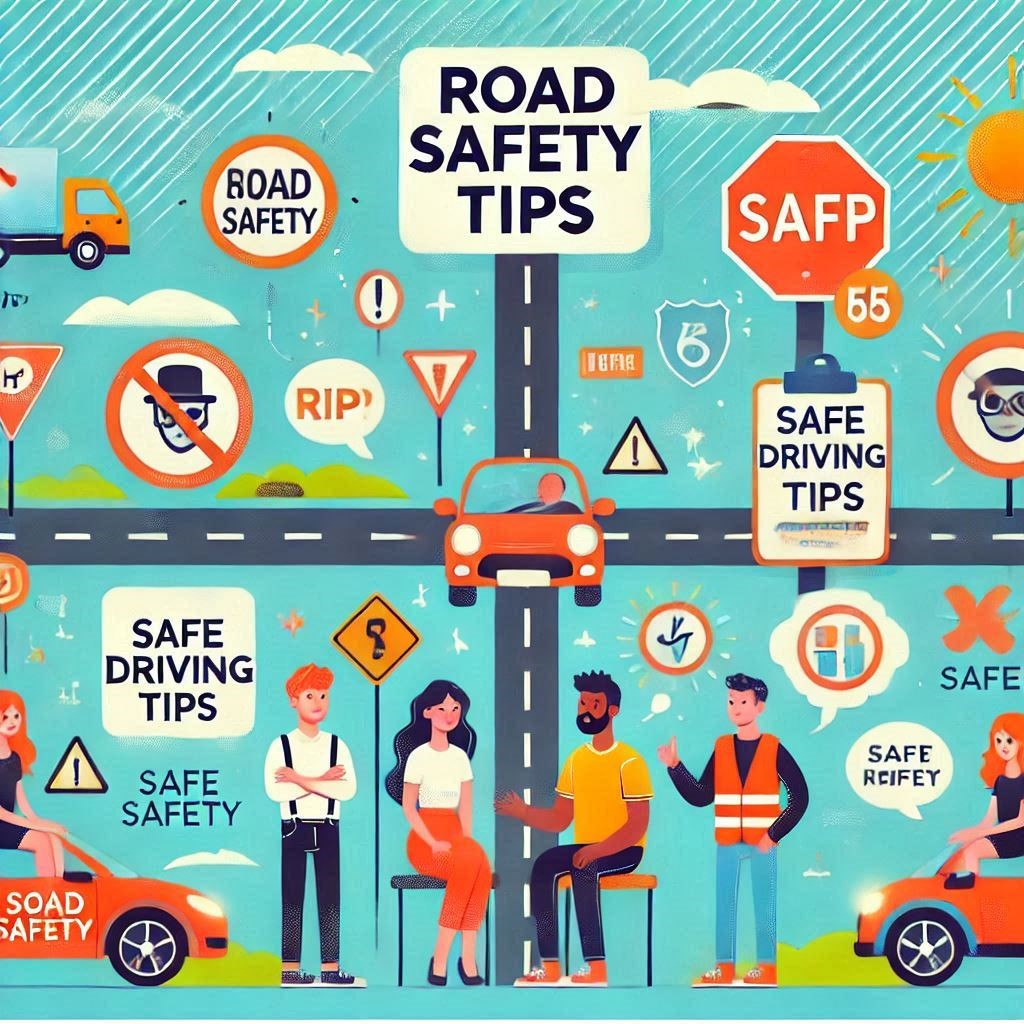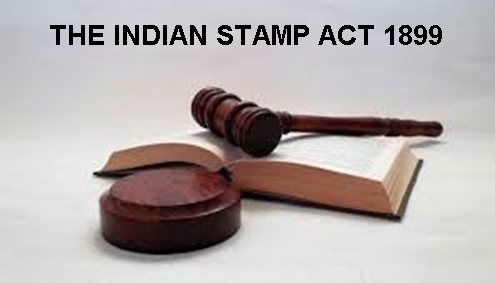The Annual Report on ‘Road Accidents in India-2022”, published by the Ministry of Road Transport and Highways (MORTH), says that a total of 4,61,312 road accidents have been reported by States and Union Territories (UTs) during the calendar year 2022, which claimed 1,68,491 lives and caused injuries to 4,43,366 persons. [Source: Press Release Posted On: 31 OCT 2023 1:09PM by PIB Delhi].
The MORTH Report for 2022 says amongst the States, Tamil Nadu with 64,105 accidents (13.9 %) recorded the highest number of road accidents in 2022 followed by Madhya Pradesh (54,432 i.e., 11.8%). Uttar Pradesh (22,595 i.e., 13.4 %) topped the States in respect of the number of fatalities due to road accidents followed by Tamil Nadu (17,884 i.e., 10.6%).
During 2022, ‘over speeding’ accounting for 72.3 percent of the total road accidents, 71.2 percent of total deaths and 72.8 percent of total injuries. The number of accidents, fatalities, and injuries due to “over speeding” increased by 12.8 percent, 11.8 percent and 15.2 percent respectively in 2022 relative to 2021 (Table 3.1). ‘Driving on wrong side’ was the second highest cause of the total road accidents during 2022 accounting for 4.9 percent.
Drunken driving, rash and reckless driving, negligent driving are the major causes of road accidents, generally.

*created by Microsoft Copilot, an AI companion
As held recently by the Nagpur Bench of the Bombay HC in Ritu v State of Maharashtra, 2024 SCC OnLine Bom 1918, “a prudent person will not drive a vehicle under the influence of alcohol”.
As was observed by the Supreme Court of India in the case of Brijesh Chandra Dwivedi, thru. LRs v. Sanya Sahayak, (2022) 4 SCC 189, driving a vehicle under the influence of alcohol is not only a misconduct but it is an offence also. Nobody can be permitted to drive the vehicle under the influence of alcohol. Such a misconduct of driving a vehicle under the influence of alcohol and playing with lives of others is a very serious misconduct.
As held by the Supreme Court in Alister Anthony Pareira v. State of Maharashtra, (2012) 2 SCC 648, Court observed that a person, responsible for a reckless or rash or negligent act that causes death which he had knowledge as a reasonable man that such act was dangerous enough to lead to some untoward thing and the death was likely to be caused, may be attributed with the knowledge of the consequence and may be fastened with culpability of homicide not amounting to murder and punishable under Section 304 Part-II of the Penal Code, 1860.
Causing death by drunken driving will bring the offence under the category of culpable homicide not amounting to murder. In such a case, Section 105 of BNS would apply. In which case, the minimum punishment is 5 years and it could extent up to 10 years and fine.
Section 106(1) of Bharatiya Nyaya Sanhita (BNS) would come into play only in relation to cases involving causing death due to rash or negligent act “not amounting to culpable homicide”. Section 106(1) of BNS prescribes a punishment of imprisonment for a term up to 5 years and fine. Section 304A of the Indian Penal Code, 1860 (IPC), which the BNS repeals, similar to section 106(1) of BNS, provides as follows:
“Whoever causes the death of any person by doing any rash or negligent act not amounting to culpable homicide, shall be punished with imprisonment of either description for a term which may extend to two years, or with fine, or with both”.
In contradistinction with Section 106(1) of BNS, Section 106(2) of BNS makes a visible departure by carving out a greater term of imprisonment for an offence of same description, if the driver escapes without reporting to Police or Magistrate.
Sub-section (2) of Section 106 of BNS, (this provision has not yet been brought into force) reads as under:
“Whoever causes death of any person by rash and negligent driving of vehicle not amounting to culpable homicide, and escapes without reporting it to a police officer or a Magistrate soon after the incident, shall be punished with imprisonment of either description of a term which may extend to ten years, and shall also be liable to fine”.
Section 106(2) of BNS contemplates “rash and negligent” driving and running away without reporting it to a police officer or a Magistrate after the incident. In such a case, the punishment prescribed would be an imprisonment of either description of a term which may extend to 10 years and fine.
Thus, (1) if the accident results in death; and (2) it arises from rash or negligent driving; and (3) it did not arise due to drunken driving or it does not amount to culpable homicide; and (4) the driver duly reports to the Police, Section 106(1) of BNS will only apply, and hence the driver may undergo only a maximum term of imprisonment for 5 years and fine.
In short, for the offence of same description, reporting of the incident to police brings it punishable under Section 106(1) of BNS. If the driver escapes without reporting to police, after causing death due to rash and negligent driving, (an offence of same description), the driver may be punished with a maximum term of 10 years and fine pursuant to Section 106(2) of BNS.
Drivers must understand that punishment gets reduced if they report to police and cooperate.
Note: The use of the language “rash or negligent act” under sub-section (1) and the use of the language “rash and negligent” under sub-section (2) of Section 106 of BNS must best be ignored.
Therefore, if death is caused by rash or negligent or rash and negligent driving, with the influence of alcohol or otherwise, an individual who has caused the accident resulting in death of another must report immediately to the nearest police station or Magistrate. If the driver is afraid any attack against him /her at the spot, he / she must at least dial 100 and inform the police and undertake to cooperate with investigation. It is inhuman to run away after causing an injury or death. Reporting to police immediately is a good conduct in a case involving misconduct.
We saw in MORTH Report, Tamilnadu saw the highest number of road accidents in 2022. A report of the Government of Tamilnadu states as follows:
The average fatality of the State per day is 50 during 2023 (F). 5.69% of fatalities in the State have occurred in Coimbatore District, 5.10% in Chengalpattu District, followed by 4.85% in Madurai District, 4.77% in Thiruppur, 4.34% in Salem District, 4.12% in Dindigul District, 3.98% in Thiruvallur District and 3.92% in Trichy District. During the year 2023, Total accidents and Fatalities shows a hike of 3108 and 463 respectively when compared with previous year 2022.
As a society, we are concerned with rising number of road accidents and accidents causing death of unwary members of the public on account of drunken driving or rash and negligent driving. The State of Kerala is contemplating to introduce probationary period for new drivers to reduce accidents. Every State is spending huge amount of money on installation of CCTV and Speed Detection Guns or Doppler Devices. We need to ensure that there are not only provisions that seek to introduce severe punishments but also ensure swift enforcement of those provisions and speedy trial.
From a reading of the decision of the Royal Court of Justice, in Rex v Danny Barnes, [2024] EWCA Crim 1548, we can see that there is a power to the sentencing Court under Sections 34 and 97 of and Schedule 2 to the Road Traffic Offenders Act 1988 (RTOA) a person convicted of causing death by dangerous driving must be disqualified from driving. By section 35A of the RTOA the disqualification period must comprise a “discretionary disqualification period” which is the period of disqualification imposed by the court (pursuant to section 34 of the RTOA) reflecting the gravity of what the offender did, and an “extension period” equivalent to the time the offender will spend in custody.
No doubt, the language of law must speak with clarity and enforcement of the law must be strict and swift. It would be better if BNS sees an amendment to bring all offences relating to road accidents under one roof with powers to sentencing court to award punishment by way of imprisonment, fine and disqualification too. Further, provisions of Motor Vehicles Act, 1988 must also be enforced strictly.
Some of our cities are branded as smart cities; yet we may not find any safe carve out for pedestrians and cyclists. People conscious of their health and environment may prefer to walk.
Let us educate drivers; let police do their job without being influenced by politicians or powerful people. Follow traffic rules. Avoid drunken driving. Contribute to reducing accidents. Make our roads safe for pedestrians and our people. Show care and compassion. Save lives!






